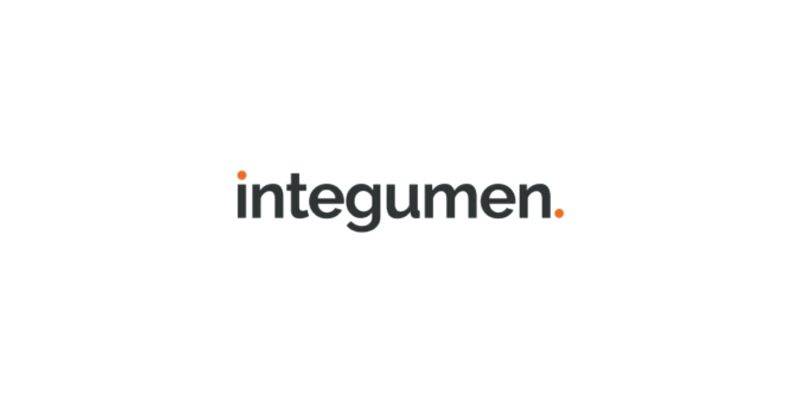PR, or to be specific, Investor Relations, is a sub-section of a company’s public relations function and describes the ongoing activity of how a quoted company communicates with the investment community, whether it is existing shareholders, potential investors, analysts or journalists. This engagement can take several forms such as company news-releases (whether regulatory or general announcements), annual reports, websites, meetings with members of the investor community, interviews with journalists and market commentators and investment blogs.
To be effective the IR programme, must have the full commitment and support of the Board, executive and non- executive, as well as senior management. Articulate the messages that you wish to communicate and build a rolling plan for the next 12 – 18 months with your investor relations team on how you will effectively communicate to your target audience. The end objective should be to inform stakeholders about the company, so that they can gain a greater understanding about the company’s business, its governance, financial performance and prospects. This will enhance the company’s ability to access capital markets in the future when new funding is required, improve liquidity in the shares and consequently ensure a fair valuation for the company’s shares. Remember that there are several thousand companies on the London Stock Exchange’s markets and therefore competition for investor, analyst and media attention is strong, with the risk that quoted companies having limited access to these audiences. This is more so for smaller companies and the key therefore is to try and differentiate yourself from the general noise. However, properly used, the IR team will be the eyes and ears of the company in the market and will deliver valuable insight into market sentiment.
Some basic investor relations exercises that all companies should undertake include:
- Set your financial reporting calendar adhering to any regulations concerning the publication of your full and half-year results, and make this publicly available to the investment community.
- Agree on your communication tools such as meetings, annual reports and website.
- The website is often the first interaction that a potential customer has with the company.
- Regularly analyse the share register to benchmark the profile of your shareholder register against that of your peers. Are there segments of the investor community you need to spend more time targeting?
- Undertake an in-depth analysis of the company to make sure you have a precise explanation of your company’s investment proposition, including analysis of the company’s current and future ability to provide shareholders with capital growth and/or capital returns, including their size and timing.
- Regularly review your investor relations strategy to measure its success against the objectives.
Why commit to investor relations? Entering into a dialogue and developing relationships with the investment community over time so that its participants become cognisant with the company and its investment proposition is generally seen as a worthwhile exercise when trying to achieve efficient, cost-effective access to capital. We should remember that communication should be about two way dialogue, not just a one way flow of information from the company. With corporate governance and in particular executive remuneration definitely moving up the agenda, a wise management team should listen to what investors are saying.





